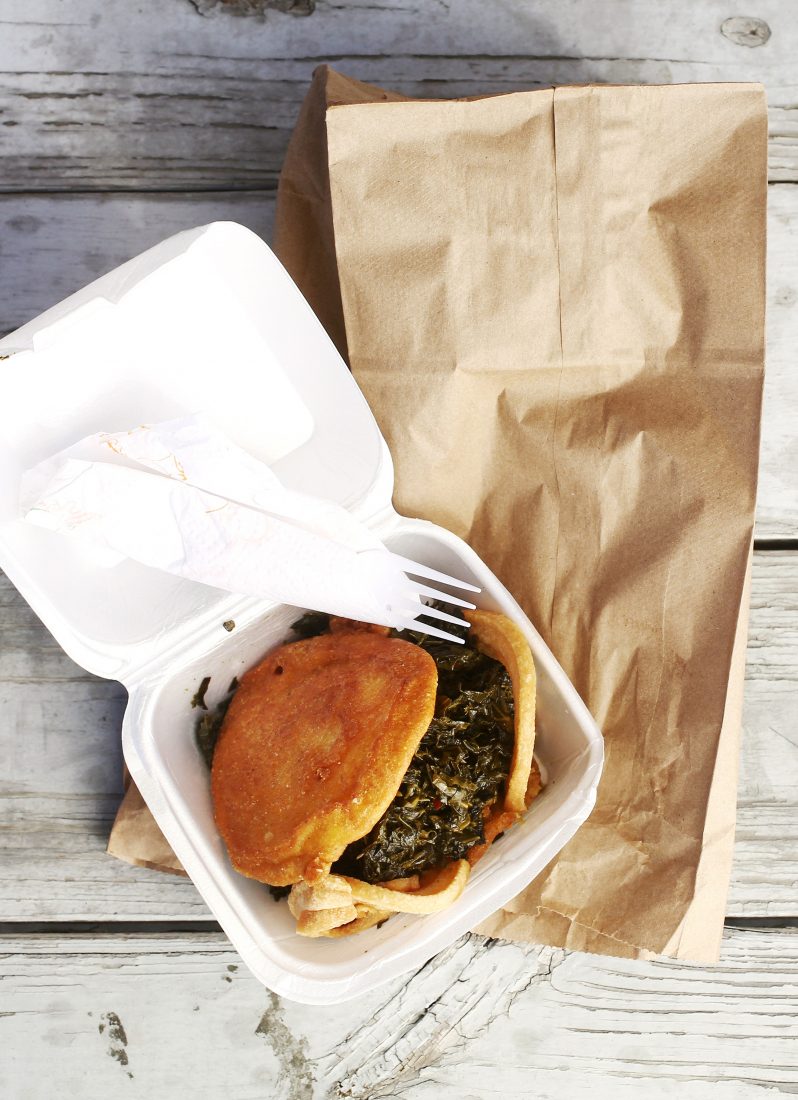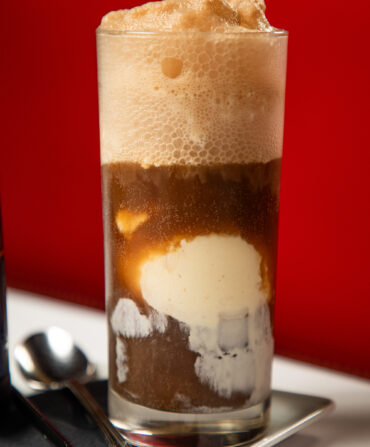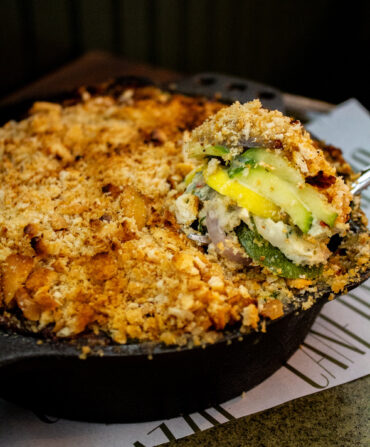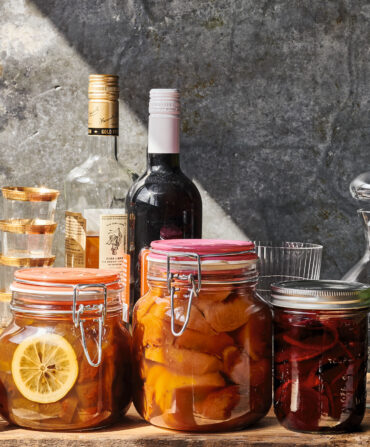When Glenn and Dorsey Hunt piled collard greens between pucks of cornbread a decade ago, the fair food vendors from Robeson County, North Carolina, created a new regional classic.
Malinda Lowery, a professor at the University of North Carolina, brought the sandwich to the attention of many influential chefs and writers at last year’s Southern Foodways Alliance symposium, and it has been the talk of the Southern culinary world ever since. Like the Hunts, Lowery is a member of the Lumbee Tribe of North Carolina, a state-recognized group that has inhabited Robeson County for hundreds of years. “The collard sandwich is not, like, a Lumbee secret,” she says. “It’s convenient and useful. When you put the collards between pieces of bread, you don’t have to use a fork.”
Summer is the busy season for collard sandwich vendors, many of whom also sell the likes of funnel cakes and cotton candy. In the fall and winter, they stuff their freezers with the hundreds of pounds of greens they’ll serve at festivals and other events until temperatures begin to drop again.
“At first, we would cook seventy-five gallons of collards at an event,” Glenn Hunt says. “Then two hundred gallons, three hundred gallons. Now, we cook about four hundred or five hundred a week, when we’re doing events in the summertime. Everybody’s doing collard sandwiches now, but that ain’t hurt us none. Seems like we always have a line.”
Hunt won’t share his recipe, but Annie Barton, one of the most popular vendors at the Robeson County Fair, offered hers. The most important trick: Don’t simmer the life out of the greens. “When you boil the leaves, all the flavor ends up in the juice,” she says. “There go your vitamins and minerals, too. All you have is a killed leaf.”








